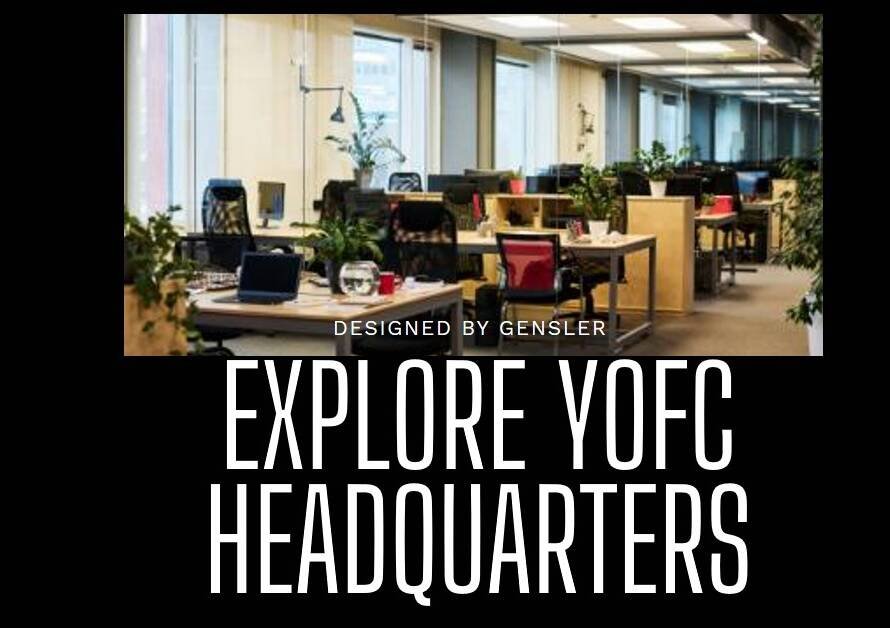
Table of Contents
1. Introduction: Embracing the Virtual Realm
In today’s digital age, the world of 3D artistry is no longer confined to physical studios or face-to-face meetings. With the rise of online communication tools and virtual collaboration platforms, 3D artists now have the ability to work with clients from anywhere in the world, leveraging the power of technology to bring their creative visions to life. In this comprehensive guide, we’ll explore the strategies and best practices for 3D artists to effectively collaborate with clients online, fostering productive partnerships and delivering exceptional results in a virtual environment.
2. Establishing Clear Communication Channels
The foundation of any successful client-artist relationship is clear and effective communication. When working with clients online, it’s essential to establish communication channels that facilitate seamless interaction and collaboration. This may include using email for formal correspondence, video conferencing platforms for virtual meetings, and project management tools for organizing tasks and deadlines. By setting clear expectations and maintaining open lines of communication, 3D artists can ensure that clients are informed and engaged throughout the creative process, leading to better outcomes and increased satisfaction.
3. Embracing Virtual Meetings: Bridging the Distance
Virtual meetings have become an indispensable tool for 3D artists working with clients online. Platforms like Zoom, Skype, and Google Meet enable artists and clients to connect in real-time, regardless of geographic location, facilitating face-to-face communication and collaboration. Virtual meetings provide an opportunity for artists to present their work, discuss project requirements, and gather feedback from clients in a dynamic and interactive manner. By embracing virtual meetings, 3D artists can foster stronger relationships with clients and gain valuable insights that inform their creative decisions.
4. Utilizing Screen Sharing and Presentation Tools (3D Artists)
In addition to virtual meetings, screen sharing and presentation tools are invaluable assets for 3D artists working with clients online. These tools allow artists to showcase their work, share progress updates, and present design concepts in a visual and engaging format. Whether demonstrating 3D models, walkthrough animations, or concept sketches, screen sharing enables clients to see the work in real-time and provide immediate feedback, streamlining the review process and accelerating project timelines. By leveraging screen sharing and presentation tools, 3D artists can effectively communicate their ideas and ensure alignment with client expectations.
5. Creating Collaborative Workspaces: Harnessing the Power of Online Platforms
Online collaboration platforms offer a centralized hub for 3D artists and clients to collaborate, share files, and track project progress in real-time. Platforms like Dropbox, Google Drive, and Autodesk A360 provide secure cloud storage and file sharing capabilities, enabling seamless collaboration on 3D models, textures, and other project assets. Additionally, project management tools like Trello, Asana, and Basecamp facilitate task assignment, milestone tracking, and communication, ensuring that everyone involved in the project stays organized and on track. By creating collaborative workspaces, 3D artists can streamline the workflow, improve transparency, and enhance productivity throughout the project lifecycle.
6. Establishing Clear Project Guidelines and Expectations
To ensure a successful collaboration, it’s essential to establish clear project guidelines and expectations upfront. This includes defining project scope, deliverables, timelines, and budget parameters in a detailed project brief or contract agreement. By clearly outlining the project requirements and expectations, 3D artists can avoid misunderstandings and prevent scope creep, ensuring that both parties are aligned from the outset. Additionally, regular check-ins and progress updates help keep clients informed and involved in the decision-making process, fostering a sense of ownership and investment in the project’s success.
7. Incorporating Feedback Loops: Iterating and Refining Designs
Feedback is an essential component of the creative process, enabling artists to refine their designs and ensure that they meet the client’s vision and expectations. When working with clients online, it’s important to establish feedback loops that facilitate constructive criticism and iteration. This may involve sharing work-in-progress renders or prototypes with clients and soliciting feedback at key milestones throughout the project. By incorporating client feedback into the design process, 3D artists can identify areas for improvement, address any concerns or revisions promptly, and ultimately deliver a final product that exceeds expectations.
8. Adapting to Remote Collaboration Challenges
While working with clients online offers many benefits, it also presents unique challenges that 3D artists must navigate. These may include technical issues with communication tools, differences in time zones and availability, and the potential for miscommunication or misunderstanding due to the lack of face-to-face interaction. To overcome these challenges, 3D artists should remain flexible, patient, and proactive in their approach to remote collaboration. This may involve scheduling regular check-ins, setting realistic expectations, and being responsive to client inquiries and feedback. By adapting to the challenges of remote collaboration, 3D artists can maintain strong client relationships and deliver exceptional results, regardless of the distance.
9. Maintaining Professionalism and Accountability
In any client-artist relationship, professionalism and accountability are paramount to success. When working with clients online, it’s essential to maintain a high level of professionalism in all communications and interactions. This includes meeting deadlines, delivering high-quality work, and providing clear and transparent communication throughout the project lifecycle. Additionally, being proactive in addressing any issues or concerns that arise demonstrates accountability and a commitment to client satisfaction. By upholding professional standards and accountability, 3D artists can build trust and credibility with clients, fostering long-term partnerships and repeat business opportunities.
10. Conclusion: Embracing the Future of Collaboration


In conclusion, working with clients online offers 3D artists a wealth of opportunities to collaborate, create, and innovate in a virtual environment. By embracing clear communication channels, virtual meetings, collaborative workspaces, and feedback loops, artists can overcome the challenges of remote collaboration and deliver exceptional results that exceed client expectations. With the right tools, mindset, and approach, 3D artists can harness the power of online collaboration to unlock new possibilities, expand their creative horizons, and build meaningful relationships with clients around the globe.



